- AI Writing Services
- AI Detectors
- Coding Homework Help
- Citation Generators
- Editing Websites
- Essay Writing Websites
- Language Learning Websites
- Math Solvers
- Paraphrasers
- Plagiarism Checkers
- Reference Finders
- Spell Checkers
- Summarizers
- Tutoring Websites
- Essay Checkers
- Essay Topic Finders
- Top Lists and Recommendations
- Writing an Essay
- Writing a Review
- Writing a Research Paper
- AI Writing Guides
- AI Detection Guides
- Citation Guides
- Coding Guides
- Grammar Guides
- Humanities Guides
- Language Learning Guides
- Paraphrasing Guides
- Plagiarism Guides
- Summary Writing Guides
- STEM Guides
- Academic Text Samples
- Application Essay Samples
- Business Writing Samples
- Creative Writing Samples
- Letter Writing Samples
- Writing Tips and Rules
- Student Life
- Higher Education News
- EdTech News
- Job Market for Students
- Academic Writing Tips
- Language Learning Tips
- Coding Tips and Trends
- AI Detector
- AI Essay Checker
- AI Essay Writer
- Citation Generator
- Grammar Checker
- Literature Review Generator
- Paraphraser
- Plagiarism Checker
- Reference Finder

Most Popular
12 days ago
A*Helpful Fact: Only 12% of Americans Know How to Be Metabolically Healthy
13 days ago
A*Helpful Fact: Some Birds Like to Snack On Hot Pepper
A*helpful fact: why are beavers teeth orange it’s an iron logic of nature, a*helpful fact: why does stretching feel good, a*helpful fact: when were pop its invented after a dream about breasts, what is a citation.
freepik.com

When starting your first research work, you will find that citations play one of the central roles in building originality, credibility, and respect for both your work and intellectual property in general. Understanding what a citation is and how to use it effectively is fundamental for anyone engaging in scholarly writing.
Definition of a Citation
A citation is a formal reference to a source from which information or ideas have been drawn. I t is a way to credit the original author and to provide the readers with the necessary information to find the source themselves. Citations are vital in academic writing as they lend support and credibility to the writer’s own ideas and arguments, and they can be created via a free citation generator .

The Role of Citations in Scholarly Work
Creating citations is an inseparable part of academic writing, primarily serving as a guard against the unethical practice of plagiarizing. Plagiarism is the act of using another person’s work or ideas without giving them due credit, and it is considered a serious offense in the academic world. Citing sources demonstrates that writers respect the original author’s intellectual property and acknowledge their contribution to the field.
Moreover, citations illustrate that the writer has engaged in extensive research, adding depth and credibility to their work. They act as a roadmap, allowing readers to follow the trail of research and thought processes that led to the conclusions drawn in the paper. This transparency contributes to the audience’s understanding and allows them to verify the data and ideas presented, making sure the integrity and reliability of the scholarly discourse. Therefore, citations are essential to maintaining the honesty and trustworthiness of academic communication.
Types of Citations
Understanding the different types of citations is key to crafting well-researched and credible work. Each citation style, whether it’s APA, MLA, or Chicago, serves a specific purpose and follows distinct guidelines that build clarity and uniformity in academic communication. From in-text citations that subtly acknowledge sources within your narrative, to detailed bibliographies that offer a comprehensive overview of your research, mastering these various forms enhances the integrity and impact of your writing.
In-text Citations
In-text citations are integral to most academic writing formats. An example of an in-text citation in APA style is:
> (Smith, 2020).
This format briefly acknowledges the source within the text, typically featuring the author’s last name and the publication year. The purpose of in-text citations is to point the reader towards the more detailed reference list entry, allowing them to easily locate the full source details without cluttering the main text with extensive information.
Reference List Citations
Reference list citations are found at the end of an academic paper and provide comprehensive details about each source. For instance, a typical APA reference list entry might look like:
> Smith, J. (2020). Title of the Work . Publisher.
This format includes the author’s name, publication year, title of the work, and publisher details. The reference list ensures that every source mentioned in the in-text citations is accounted for, with sufficient information for the reader to find the original work.
Footnotes and Endnotes
Footnotes and endnotes serve as supplemental tools for citations or additional comments. An example of a footnote in Chicago style might appear as a superscript number within the text, with the corresponding note at the bottom of the page:
> ¹Smith, Title of the Work , 45.
Footnotes are found at the bottom of the page where the reference is made, while endnotes appear collectively at the end of the chapter or document. They can include full citation details or additional insights related to the content, providing further depth and context to the main text.
Citation Styles and Formats
Common issues and mistakes in citation.
In the world of academic writing, navigating the intricacies of citation can often be challenging, and it’s all too easy to stumble into common pitfalls. Incorrect citation format is a frequent error, where writers might mix up the requirements of different citation styles, such as confusing APA with MLA. This can lead to confusion and misinterpretation of the source material. Another common issue is missing information in citations, like omitting the publication date or the publisher’s name. This lack of detail can make it difficult for readers to locate the original sources, thereby affecting the paper’s reliability.
Inconsistency in citation styles throughout a document is another area where writers often err. For instance, using APA style in one section and then inadvertently switching to Chicago style in another can create a disjointed reading experience. Such inconsistencies not only disrupt the flow of your writing but also question its scholarly rigor . To maintain the integrity and credibility of your work, it is crucial to be thorough and consistent in your citation practices, carefully adhering to the rules of the chosen citation style. Remember, in the realm of academic writing, precision, and attention to detail in citations are as important as the content itself.
Citations are more than just formalities. They are a testament to a writer’s integrity, attention to detail, and engagement with the scholarly community. Proper citation practices honor the originality of ideas while building a reliable and verifiable body of knowledge. As such, mastering the art of citation is a key skill in academic writing.
What information should be included in a citation?
A citation should typically include the author’s name, the title of the work, publication date, and other relevant details like the publisher’s name, journal title, volume and issue numbers, and page numbers. For digital sources, URLs or DOIs (Digital Object Identifiers) are also essential.
Can I use online citation generators?
Yes, online citation generators can be used and are quite helpful in automating the citation process. However, it’s important to double-check the generated citations for accuracy, as these tools can sometimes make errors or be outdated in terms of citation style guidelines.
What are the consequences of not citing sources?
Not citing sources can lead to accusations of plagiarism, which is a serious academic offense. It can result in various consequences ranging from loss of credibility and academic penalties to legal repercussions. Proper citation is essential to maintain the integrity and reliability of your work.
Is there a difference between citing books and websites?
Yes, there is a difference in citing books and websites. Book citations typically require the author’s name, book title, publisher, and publication year. Website citations, however, often include the author’s name, title of the web page or article, the name of the website, the publication date, and the URL or DOI.
When do I need to use in-text citations?
In-text citations are used whenever you quote, paraphrase, or refer to information from a source in the body of your text. These citations provide a brief acknowledgment of the source, typically including the author’s last name and publication year, which correspond to a more detailed entry in the reference list or bibliography.
Follow us on Reddit for more insights and updates.
Comments (0)
Welcome to A*Help comments!
We’re all about debate and discussion at A*Help.
We value the diverse opinions of users, so you may find points of view that you don’t agree with. And that’s cool. However, there are certain things we’re not OK with: attempts to manipulate our data in any way, for example, or the posting of discriminative, offensive, hateful, or disparaging material.
Cancel reply
Your email address will not be published. Required fields are marked *
Save my name, email, and website in this browser for the next time I comment.
More from Citation Guides
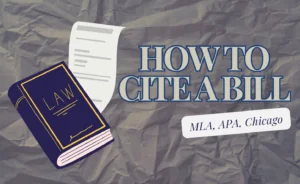
How to Cite a Bill

How to Cite a Speech in MLA

How To Cite A Quote Within A Quote
Remember Me
Is English your native language ? Yes No
What is your profession ? Student Teacher Writer Other
Forgotten Password?
Username or Email
- Directories
- What are citations and why should I use them?
- When should I use a citation?
- Why are there so many citation styles?
- Which citation style should I use?
- Chicago Notes Style
- Chicago Author-Date Style
- AMA Style (medicine)
- Bluebook (law)
- Additional Citation Styles
- Built-in Citation Tools
- Quick Citation Generators
- Citation Management Software
- Start Your Research
- Research Guides
- University of Washington Libraries
- Library Guides
- UW Libraries
- Citing Sources
Citing Sources: What are citations and why should I use them?
What is a citation.
Citations are a way of giving credit when certain material in your work came from another source. It also gives your readers the information necessary to find that source again-- it provides an important roadmap to your research process. Whenever you use sources such as books, journals or websites in your research, you must give credit to the original author by citing the source.
Why do researchers cite?
Scholarship is a conversation and scholars use citations not only to give credit to original creators and thinkers, but also to add strength and authority to their own work. By citing their sources, scholars are placing their work in a specific context to show where they “fit” within the larger conversation. Citations are also a great way to leave a trail intended to help others who may want to explore the conversation or use the sources in their own work.
In short, citations
(1) give credit
(2) add strength and authority to your work
(3) place your work in a specific context
(4) leave a trail for other scholars
"Good citations should reveal your sources, not conceal them. They should honeslty reflect the research you conducted." (Lipson 4)
Lipson, Charles. "Why Cite?" Cite Right: A Quick Guide to Citation Styles--MLA, APA, Chicago, the Sciences, Professions, and More . Chicago: U of Chicago, 2006. Print.
What does a citation look like?
Different subject disciplines call for citation information to be written in very specific order, capitalization, and punctuation. There are therefore many different style formats. Three popular citation formats are MLA Style (for humanities articles) and APA or Chicago (for social sciences articles).
MLA style (print journal article):
Whisenant, Warren A. "How Women Have Fared as Interscholastic Athletic Administrators Since the Passage of Title IX." Sex Roles Vol. 49.3 (2003): 179-182.
APA style (print journal article):
Whisenant, W. A. (2003) How Women Have Fared as Interscholastic Athletic Administrators Since the Passage of Title IX. Sex Roles , 49 (3), 179-182.
Chicago style (print journal article):
Whisenant, Warren A. "How Women Have Fared as Interscholastic Athletic Administrators Since the Passage of Title IX." Sex Roles 49, no. 3 (2003): 179-182.
No matter which style you use, all citations require the same basic information:
- Author or Creator
- Container (e.g., Journal or magazine, website, edited book)
- Date of creation or publication
- Publisher
You are most likely to have easy access to all of your citation information when you find it in the first place. Take note of this information up front, and it will be much easier to cite it effectively later.
- << Previous: Basics of Citing
- Next: When should I use a citation? >>
- Last Updated: May 1, 2024 12:48 PM
- URL: https://guides.lib.uw.edu/research/citations
Purdue Online Writing Lab Purdue OWL® College of Liberal Arts
APA Formatting and Style Guide (7th Edition)

Welcome to the Purdue OWL
This page is brought to you by the OWL at Purdue University. When printing this page, you must include the entire legal notice.
Copyright ©1995-2018 by The Writing Lab & The OWL at Purdue and Purdue University. All rights reserved. This material may not be published, reproduced, broadcast, rewritten, or redistributed without permission. Use of this site constitutes acceptance of our terms and conditions of fair use.
In-Text Citations
Resources on using in-text citations in APA style

Reference List
Resources on writing an APA style reference list, including citation formats
Other APA Resources
Encyclopedia for Writers
Composing with ai, citation – definition – introduction to citation in academic & professional writing.
- © 2023 by Joseph M. Moxley - Founder, Writing Commons
Explore the different ways to cite sources in academic and professional writing, including in-text (Parenthetical), numerical, and note citations.
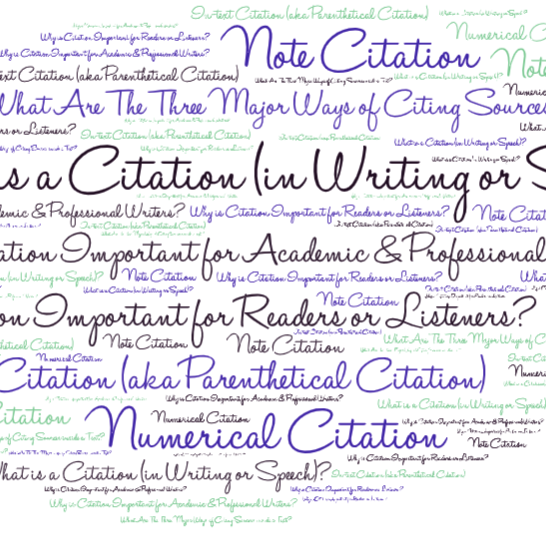
Table of Contents
What is a Citation?
A “ citation ” refers to the act of integrating ideas or words from another source into your speech or writing , along with adhering to the specific discourse conventions (or standardized ways of acknowledging sources) in a particular academic or professional field . “Citations” are required in academic and professional writing when writers summarize , paraphrase , or quote the words or ideas others. Writers may also cite known experts to enhance the authority of their arguments and observations.
In both academic and professional settings, the practice of citing sources—whether through quotations , paraphrasing , or summarizing —is a fundamental mark of professionalism. Being capable of citing sources correctly and critiquing the citations of others is a basic literacy in a knowledge economy.
Most generally, “citation” refers to the act of crediting a source of information . While “citation” is the formal term, there are several colloquial synonyms that people might use interchangeably, such as “ attribution ,” “reference,” or “mention.” In more casual or conversational settings, phrases like “backing up” one’s claim or providing “proof” might be used. When writers or speakers incorporate information from an external source, they might say they are “citing,” “ attributing ,” or “referencing” that source.
Related Concepts: Academic Dishonesty ; Archive ; Authority in Academic Writing ; Canon ; Copyright ; Discourse ; Hermeneutics ; Information Has Value ; Intellectual Property ; Paraphrase ; Plagiarism ; Quotation ; Scholarship as a Conversation ; Summary
What Are The Three Major Ways of Citing Sources inside a Text?
While there are many different citation styles, as discussed below, there are only three major types of citations:
- In-text Citation (aka Parenthetical Citation)
- Numerical citation
- Note Citations
In-text Citation (aka Parenthetical Citation )
In-text Citation refers to the practice of placing bibliographical information in parentheses when sources/information are first introduced in a quote , paraphrase , or summary . The in-text citation is typically shorter and directs the reader to the full citation in the bibliography or reference list. In essence, all in-text citations are citations, but not all citations are in-text citations.
APA Example
When using APA style, writers place the author’s name, year, and page number (when available) in parentheses.
- “As of 2022, about 12,700 nuclear warheads are still estimated to be in use, of which more than 9,400 are in military stockpiles for use by missiles, aircraft, ships and submarines” (Eagle, 2022).
And then at the end of their text, they list all of the sources they cited in the text, providing all of the bibliographical information users need to track down the source and read it:
- Eagle, J. (2022, March 21). Animated chart: Nuclear warheads by country (1945-2022). Visual Capitalist .
Numerical Citation
Numerical Citation refers to when writers use numbers in brackets or superscript rather than parentheses to indicate to readers when they are quoting , paraphrasing , or summarizing :
IEEE Example
- “As of 2022, about 12,700 nuclear warheads are still estimated to be in use, of which more than 9,400 are in military stockpiles for use by missiles, aircraft, ships and submarines” [1]
Subsequently, in the reference list at the end of their text, writers provided the bibliographic information following the order of the citations in the text:
Chicago (Turabian) Example
- [1]J. Eagle, “Animated Chart: Nuclear Warheads by Country (1945-2022),” Visual Capitalist , Mar. 21, 2022. (accessed Jan. 03, 2023).
[ See Inclusive – Inclusive Language for a full-length example of Numerical Citations ]
Note Citation
Note Citations refers to when writers place citations numbers just as they do with numerical citations AND then provide all of the required bibliographical information in the text–as opposed to providing all that information at the end of the text in a list of references:
- “As of 2022, about 12,700 nuclear warheads are still estimated to be in use, of which more than 9,400 are in military stockpiles for use by missiles, aircraft, ships and submarines” J. Eagle, “Animated Chart: Nuclear Warheads by Country (1945-2022),” Visual Capitalist , Mar. 21, 2022. (accessed Jan. 03, 2023).

What Do All Citations Styles Have in Common?
Regardless of which citation style is used, attributions typically provide four types of bibliographical information :
- Name of Author(s)
- Title of source, whether it’s a book/article/website, etc
- Date of publication, if available
- Publisher information.
What Are the Most Popular Citation Styles?
Professional organizations (communities of practice) have unique ways of formatting citations. (See Wikipedia for a good listing of citation styles .)
Although style guides differ in regard to where the author’s name or publishing source is listed, they are all designed to ensure that proper credit is given to authors. As you know from your experience as a writer, developing insights and conducting original research is difficult and time consuming, so you can understand why people want to receive proper credit for their original ideas.
- MLA Handbook, 9th Edition Modern Language Association style is primarily used in the fields of English and foreign languages.
- Publication Manual of the APA: 7th Edition American Psychological Association’s style guide is used in psychology and education. Education and social science professors commonly ask students to follow the APA style for citing and documenting sources. APA differs from MLA in a number of ways, including the overall structure and format of the essay, but the major distinction between the two is APA’s use of the year of publication, rather than the page on which a particular quotation appears, for the in-text citation. APA requires in-text publication dates because of the particular importance of a study’s currency to research reports in the social sciences.
- Chicago Style is used in many social science fields.
- CSE (Council of Science Editors) is used by the scientific community
- IEEE (Institute of Electrical and Electronic Engineers) is used by the engineering community.
What Critical Perspectives Do Readers Use to Assess Your Citations?
Citation in speech and writing serves as a barometer of ethos , especially trustworthiness . When audiences are engaged in critical literacy practices , they are likely to question a source’s
When audiences check the archive and find that authors are making inconsistent quotations , they are likely to question the character or ethos of the author.
In other words, subject matter experts tend to be well versed in the ongoing conversations that characterize the works of other subject matter experts. Experienced researchers tend to engage in strategic searching of the archive . They engage in critical literacy practices , asking questions, such as
- What is the status of knowledge on the topic ?
- What is the ebb and flow of research on the topic –over time?
- What are the canonical texts ?
- Who are the pioneers? How has their work changed the conversation?
- What knowledge claims are currently being debated?
Related Articles

APA - Publication Manual of the APA: 7th Edition
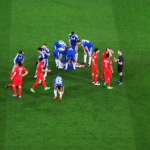
Attribution - What Is The Role of Attribution In Academic & Professional Writing?
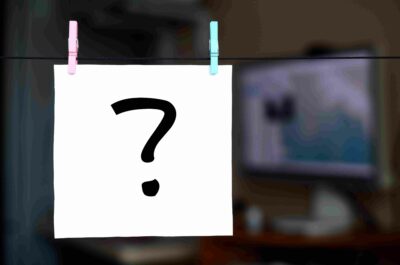
Citation Guide - Learn How to Cite Sources in Academic and Professional Writing

Citation Tools

MLA - MLA Handbook, 9th Edition
Recommended.

Academic Writing – How to Write for the Academic Community

Structured Revision – How to Revise Your Work

Professional Writing – How to Write for the Professional World

Authority & Credibility – How to Be Credible & Authoritative in Research, Speech & Writing
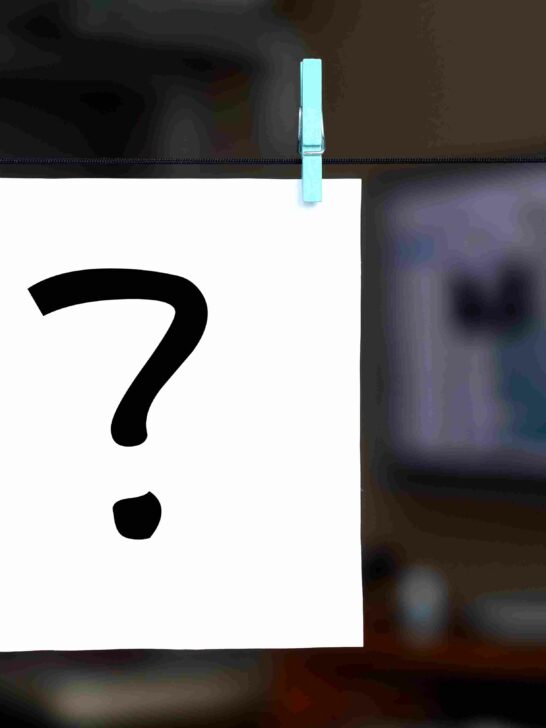
Citation Guide – Learn How to Cite Sources in Academic and Professional Writing
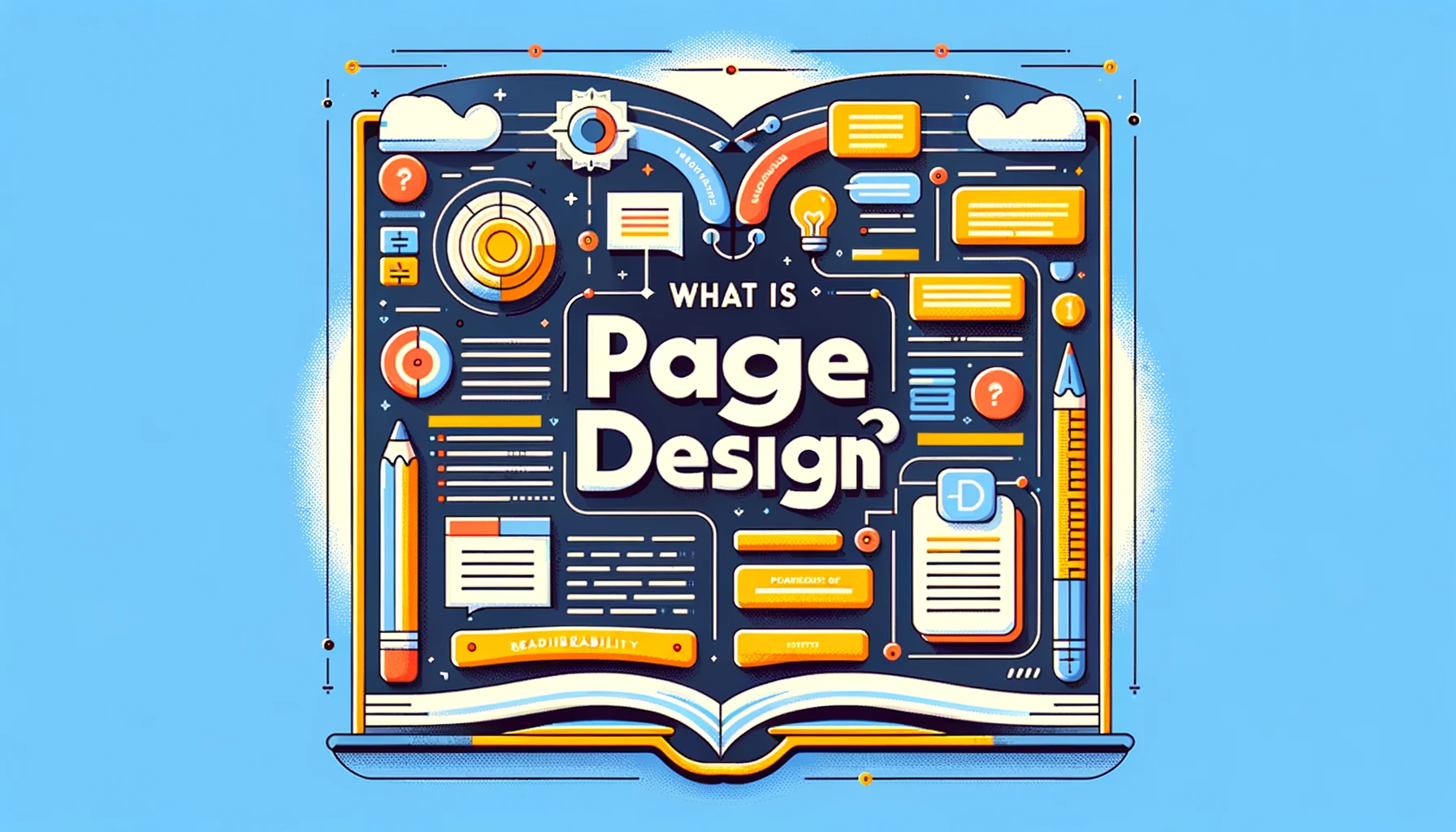
Page Design – How to Design Messages for Maximum Impact
Suggested edits.
- Please select the purpose of your message. * - Corrections, Typos, or Edits Technical Support/Problems using the site Advertising with Writing Commons Copyright Issues I am contacting you about something else
- Your full name
- Your email address *
- Page URL needing edits *
- Name This field is for validation purposes and should be left unchanged.
Related Articles:

- Joseph M. Moxley
Attribution refers to the practice of crediting original sources for information or ideas. It encompasses recognizing authors, understanding their credentials, and correctly citing their work in your own speech and...
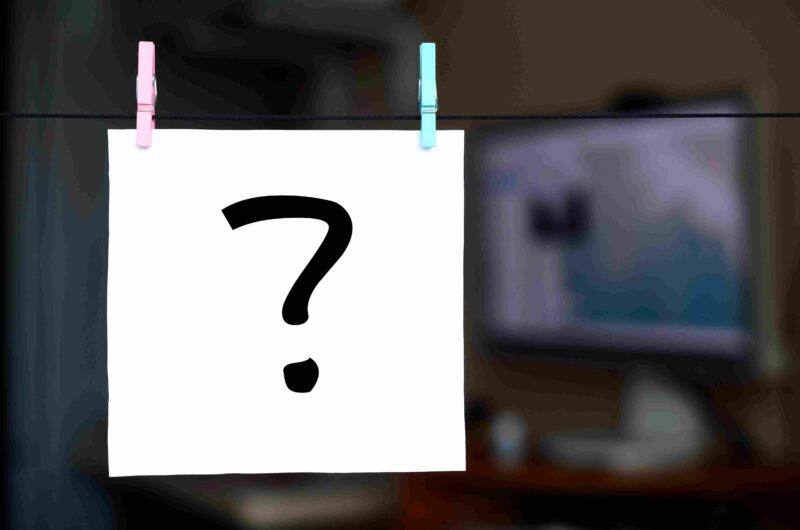
Citation isn’t just about adhering to prescribed rules or ensuring each dot and comma is in its rightful place. It’s a rhetorical, fluid, intuitive process where writers must balance the...
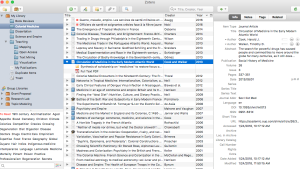
Citation Tools (aka bibliography tools or citation managers) are software tools that (1) facilitate the processes of finding, tagging, and annotating sources and (2) automate the formatting processes for citations...

Featured Articles


IMAGES
VIDEO
COMMENTS
An in-text citation is a short acknowledgement you include whenever you quote or take information from a source in academic writing. It points the reader to the source so they can see where you got your information.
A citation is a formal reference to a source from which information or ideas have been drawn. I t is a way to credit the original author and to provide the readers with the necessary information to find the source themselves.
The most commonly used citation styles are APA and MLA. The free Scribbr Citation Generator is the quickest way to cite sources in these styles. Simply enter the URL, DOI, or title, and we’ll generate an accurate, correctly formatted citation.
Citations are a way of giving credit when certain material in your work came from another source. It also gives your readers the information necessary to find that source again-- it provides an important roadmap to your research process.
An in-text citation is a source citation in academic writing that is placed directly in the body text, typically at the end of the related sentence, clause, or phrase. This is an alternative style to footnotes or endnotes.
Reference citations in text are covered on pages 261-268 of the Publication Manual. What follows are some general guidelines for referring to the works of others in your essay. Note: On pages 117-118, the Publication Manual suggests that authors of research papers should use the past tense or present perfect tense for signal phrases that occur ...
A citation style is a set of guidelines on how to cite sources in your academic writing. You always need a citation whenever you quote, paraphrase, or summarize a source to avoid plagiarism. How you present these citations depends on the style you follow. Scribbr’s citation generator can help!
In-Text Citations. Resources on using in-text citations in APA style. The Basics General guidelines for referring to the works of others in your essay Author/Authors How to refer to authors in-text, including single and multiple authors, unknown authors, organizations, etc.
Basic Principles of Citation. APA Style uses the author–date citation system, in which a brief in-text citation directs readers to a full reference list entry. The in-text citation appears within the body of the paper (or in a table, figure, footnote, or appendix) and briefly identifies the cited work by its author and date of publication.
A “ citation ” refers to the act of integrating ideas or words from another source into your speech or writing, along with adhering to the specific discourse conventions (or standardized ways of acknowledging sources) in a particular academic or professional field.